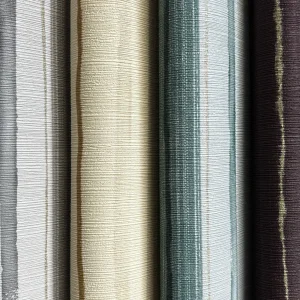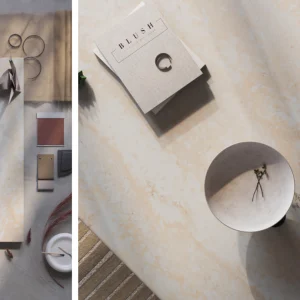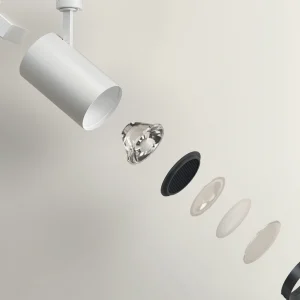The 12-storey building is spread over 190,000-square-feet, and is built on two-thirds of an acre. From the exterior, the building resembles various interlocking, checkerboard-covered boxes that rise above the Jones Falls Expressway across from Penn Station.
Staircases bridge across and spiral through the building’s vibrant atrium, connecting a network of classrooms and study spaces with faculty offices, clinical facilities and a research wing. The walls and ceilings of the facility are done in pop colours like “margarita” and “banana yellow.
The facility has been designed to achieve the highest level of certification from the U.S. Green Building Council and employs various innovative measures. Two buried 10,000-gallon tanks collect rainwater from the roof and terraces that will be used for flushing toilets, irrigating the greenery and supplying the water features. This will include a large waterfall that encloses a sunken garden alongside the expressway, blocking out the noise of passing cars.
The law school building incorporates LEDs throughout, which claims to last longer and require less energy. Fifty miles of radiant tubing has been encased in the concrete floors, which are designed to control the temperature of rooms both above and below. This is further expected to save the university hundreds of thousands of dollars in energy costs each year. Abundant infiltration of natural light reduces the need for artificial lighting.
Automatic blinds have been installed throughout the building that will lower when the sun hits the windows. Nearly all of the rooms have windows that open to reduce air conditioning use. A green roof over part of the building is designed to reduce stormwater runoff. Showers are featured so that students or faculty who bike or run to the law centre can wash up before class.
The building is also designed to better serve how law is taught. The building’s 15 classrooms have been designed to allow greater student-to-student interaction. Lecturing will be aided by improved technology, including projection screens that can be controlled by tablet computers such as iPads. There are 29 large- and small-group study spaces along with 32,000 square-foot library.
Classrooms range in size from intimate seminar rooms to a 100-person stadium-style lecture hall. A subterranean “moot court” room is offered that seats 300, where students can practice oral arguments before an audience. The atrium, too, is designed so that an amplified speaker can address an audience standing on the inward-facing balconies of five floors of the building.
The new structure will be called the John and Frances Angelos Law Center, named for the parents of Orioles principal owner Peter G. Angelos, an alumnus of the law school and donor of $15 million of the $22 million in private funding. The remainder of the law centre’s funding came from the state.





